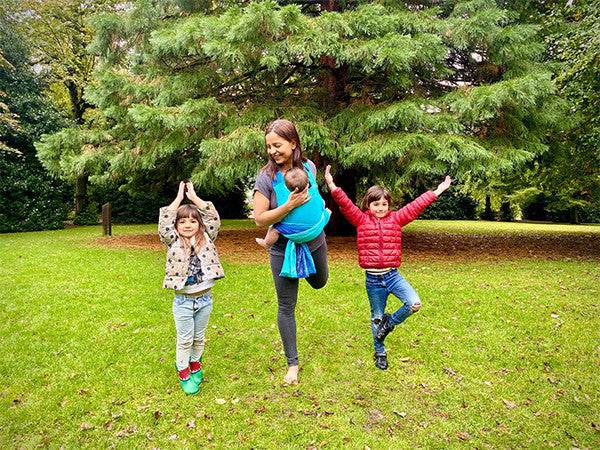
Post Birth Pelvic Floor Exercises Made Easy & Effective
Taking Care of Your Pelvic Floor After Birth Using Your Breath & Babywearing
Dr. Rehana Jawadwala, an expert in pregnancy and postnatal exercise, discusses the importance of recovering your pelvic floor health after pregnancy and birth and how to make it a natural part of your day and how you can integrate it with bonding with your baby in a wrap, ring sling or carrier. She includes some simple exercises to get you started and we have a simple yoga class for you to do whilst babywearing..

“Have you started your pelvic floor exercises?
You were perhaps asked this question by a well-intentioned health care professional within hours of giving birth. Some of you may have even known that you must do something about your pelvic floor as soon as baby is comfortably in your arms. But many of us might recollect how surreal it felt when we had to rethink our pelvic floor after birth. There is a reason everyone seems to be obsessed with pelvic floor during pregnancy and postnatal periods.
Pelvic floor muscles are some of the deepest core muscles in our body and they perform many functions of stabilising and assisting in big core movements. In particular, they help the abdominal cavity and the abdominal muscles in stabilising and performing core body movements at the torso.
Almost 50-75% of pregnant women are estimated to suffer from some sort of pelvic and back pain during the course of their pregnancy. 25-40% of these women continue to have the pain up to 1 year postnatally and 1 in 10 women will still feel the impact of the pain in over a decade.
Thus, thinking about pelvic floor exercises holistically with complete body strength will go a long way in keeping its specific strength and function over the years. In my book, 'Why Pregnancy and Postnatal Exercise Matter' I have outlined in detail the current research and thinking around pregnancy and postnatal pelvic floor health amongst other important considerations such as Diastasis Recti, pelvic girdle pain etc.
Exercises that involve muscle contraction through controlled breath modulation and not simply isolating a muscle (squeezing) have shown to be far more effective in long term pelvic floor health. Kegals type exercises (where you try to isolate muscles and contract them) is not a true representation of the way we operate in real life. Exercises to strengthen the pelvic floor have to mimic what it is designed to do, day in and day out.
It probably makes more sense to work on holistic body movements that involve big muscle groups such as squats, where the whole pelvic floor has to function effectively, with the core abdominal muscles, thighs, back and buttocks. This is what exercise scientists term “functional strength.
When you have your baby in the sling you will invariably do more of these functionally integrated movements. For example, if you need to pick something off the floor you are most likely to (and should) squat to pick it up as opposed to bending down. This squatting down will allow your pelvic floor to be really engaged. Moreover, these big integrated movements, apart from building the whole-body strength, also do not draw our attention to individual muscles such as the Levator Ani, making it less daunting.
If you don't have to think about isolating singular or small groups of muscles and simply perform an activity such as a squat, you will invariably contract the right muscles. Now this advice needs to be balanced with correct breath modulation practices too as the core reacts to the thoracic cavity changing shape while breathing and this forms an important part of the whole movement.
Another big reason I advocate building a breath awareness practice before pelvic floor exercises is that many women who do not have a healthy relationship with understanding their breath mechanics invariably hold their breath and contract their abdominal and gluteal muscles whilst doing pelvic floor exercises. This is rather counterproductive: an increase in contraction of the abdominal muscles can cause an increase in the pressure of the abdominal cavity, which could bulge the perineum caudally.
The other issue is related to force or tension applied whilst doing the pelvic floor exercises. If you are relaxed and focused on your breath you are most likely to naturally elongate your exhalation. This is a by-product of stimulating more of your parasympathetic nervous system response which is exaggerated when you feel calm and at peace. This elongated exhalation allows you to contract and “lift your pelvic floor up rather than squeeze it in like a sponge. The subtlety of this change in movement makes a world of a difference when it comes to reducing urinary incontinence (affecting 64% of new mums) and faecal incontinence (10% of us will suffer).
So, in the early days simply consider giving yourself space and time to rediscover your breathing after all the pregnancy related changes in your breathing have abated. Then slowly as you move more add a few simple breath aware movements to your day. Your babywearing exercise can become part of a lovely morning ritual where both you and your baby come together to practice mindfully. This ritualistic perspective will help bring a deep connection between you and your baby that will last your lifetimes.

Here is a simple yet very effective way to build awareness and strength of your pelvic floor. I call it the Mexican Wave and this movement forms the core of our Keep Me Close babywearing yoga class. This is one of the best moves to build back your functional capacity at your pelvic floor. It lifts the core and the floor mimicking real life movements.
Start with a comfortable step forward without feeling like you are walking on a tight rope, having hip width space between your feet. Now as you breathe in, keeping your legs straight lift your back heel and as you breathe out lower the back heel and if you can lift the front toes.
Don't squeeze any muscles down below. As the core engages, the pelvic floor will have to engage and get stronger over time, reducing postnatal incontinence. Don't underestimate the effectiveness of this move because of its simplicity.

Over time as you get used to the breath/body connection lift your hands with your inhale and lower your hands with your exhale. Another level up can be starting to follow your hands with your gaze. As you take your eyes off a static point and follow your gaze with the movement, you challenge your balance further.
If you do this movement with your baby in a sling then you have the added advantage of the growth of your baby to keep your core challenged as the months go by. Because your baby is putting on weight ever so slightly on a daily basis, you too will get stronger ever so slightly on a daily basis!

A final important note on practising yoga or any other exercise with baby in slings - Please follow correct babywearing techniques and follow the manufacturer's guidance on the sling you choose. Please make sure you have followed all the safe babywearing guidance and are comfortable in the sling you use.
Please do not spin, bounce or run when you are babywearing. If you are in doubt about any of these issues please consult your neighbourhood sling library for sling advice or your local MummyYoga Perinatal Yoga teacher for bespoke babywearing yoga guidance.
Dr. Rehana Jawadwala is the founder of MummyYoga, a specialist pregnancy and postnatal yoga practice service. She is the author of the widely acclaimed “Why Pregnancy and Postnatal Exercise Matter'. Rehana has a PhD in exercise physiology and nutrition with more than 20 years of professional experience in health, physical activity and exercise nutrition. She lives with her young family in Chester.

Best Baby Carrier For Newborns 2025
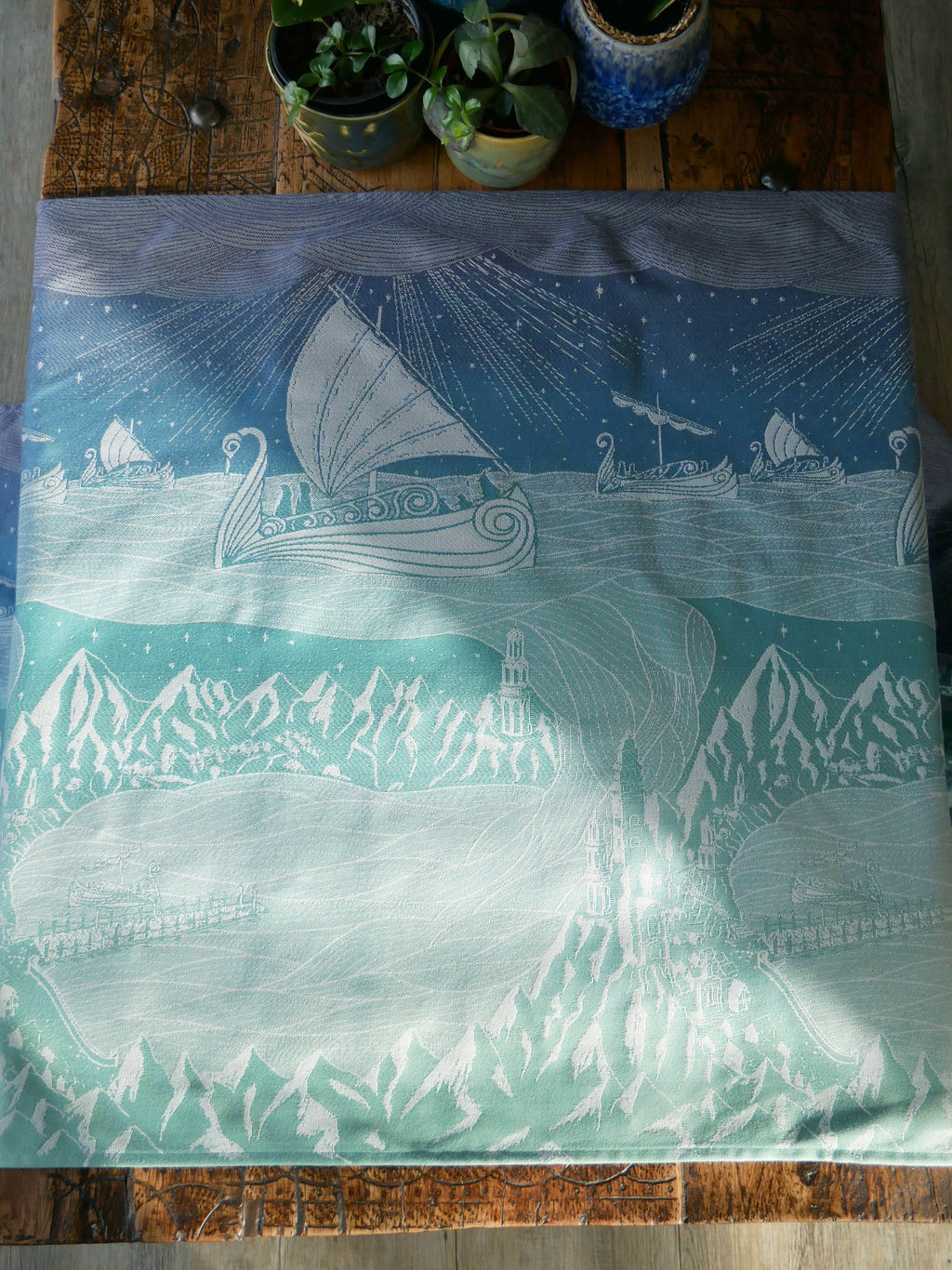
Grey Havens: Oscha Lord of the Rings Design Development
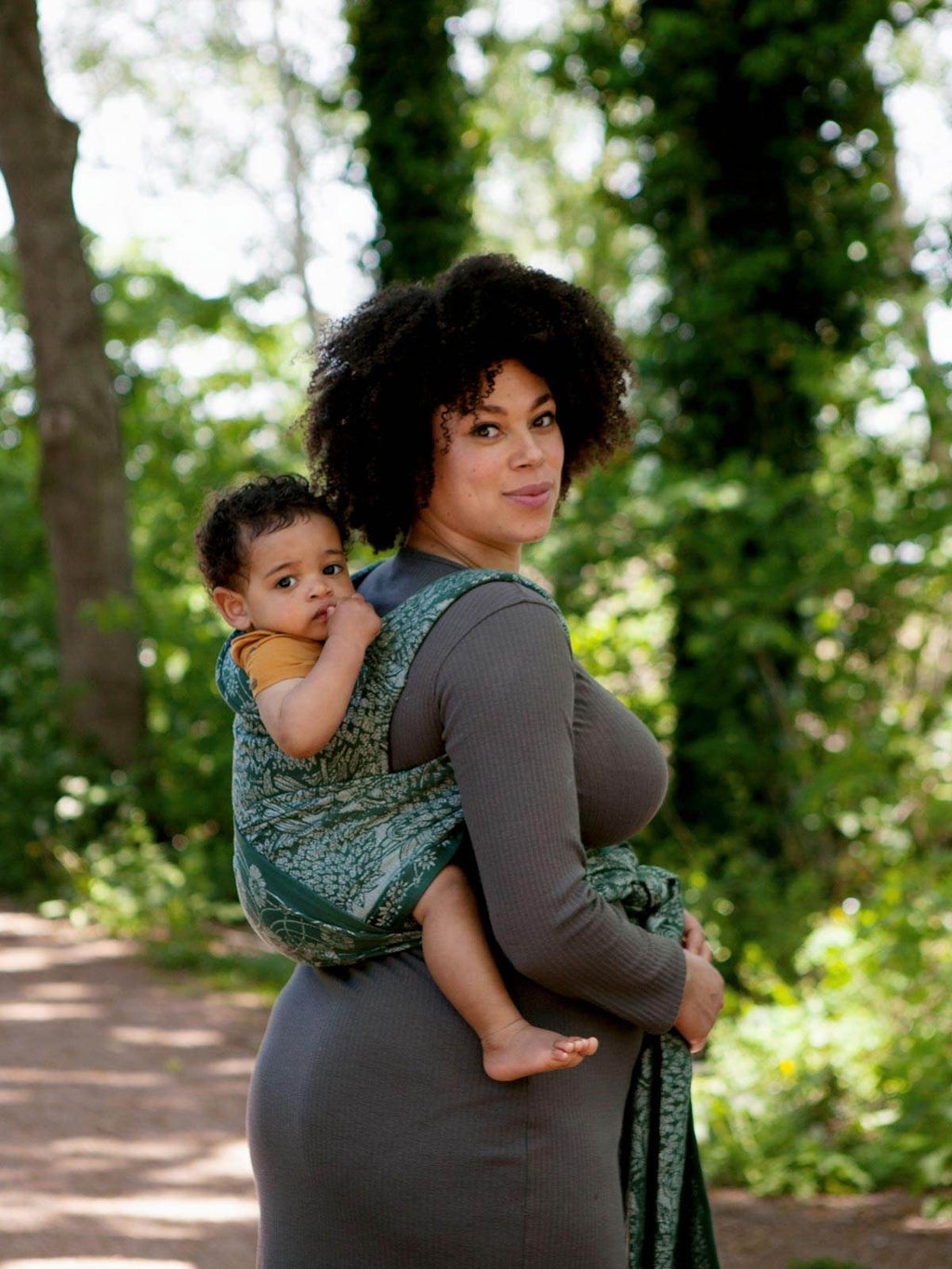
Can Baby Carriers Cause Back Pain?

The co-founder of Oscha & twin mum of 3, Zoe is a seasoned babywearer and is passionate about all things baby carriers and Middle-earth!
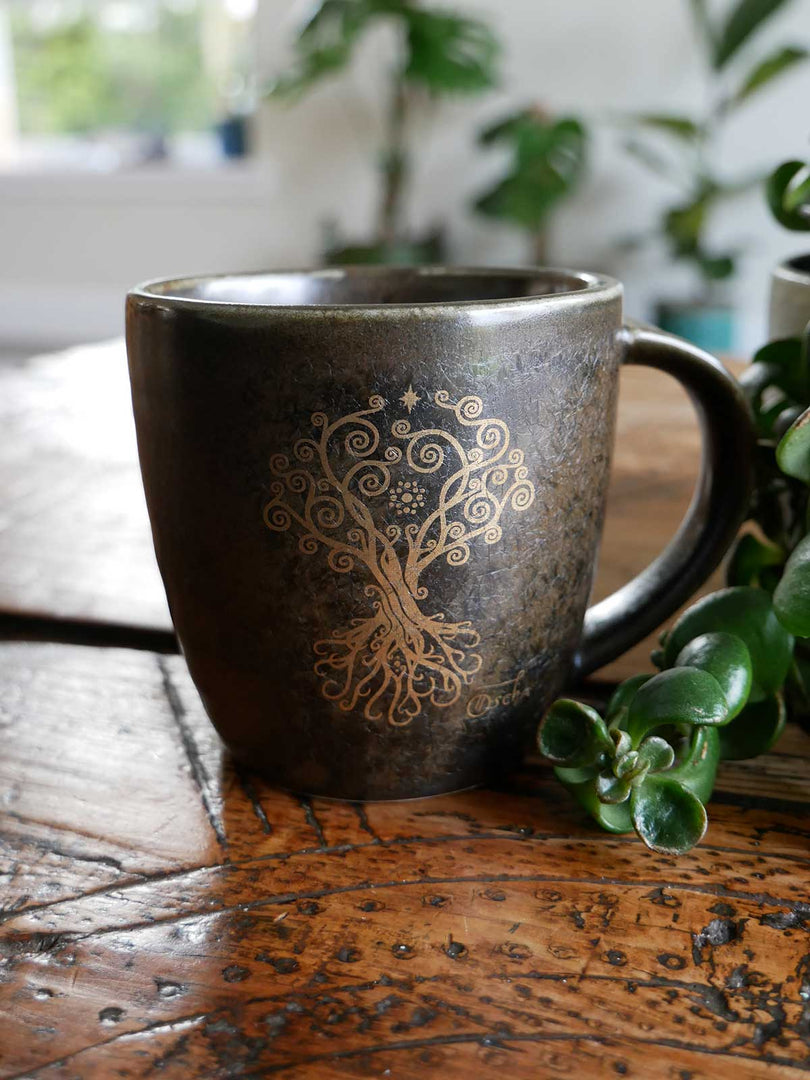




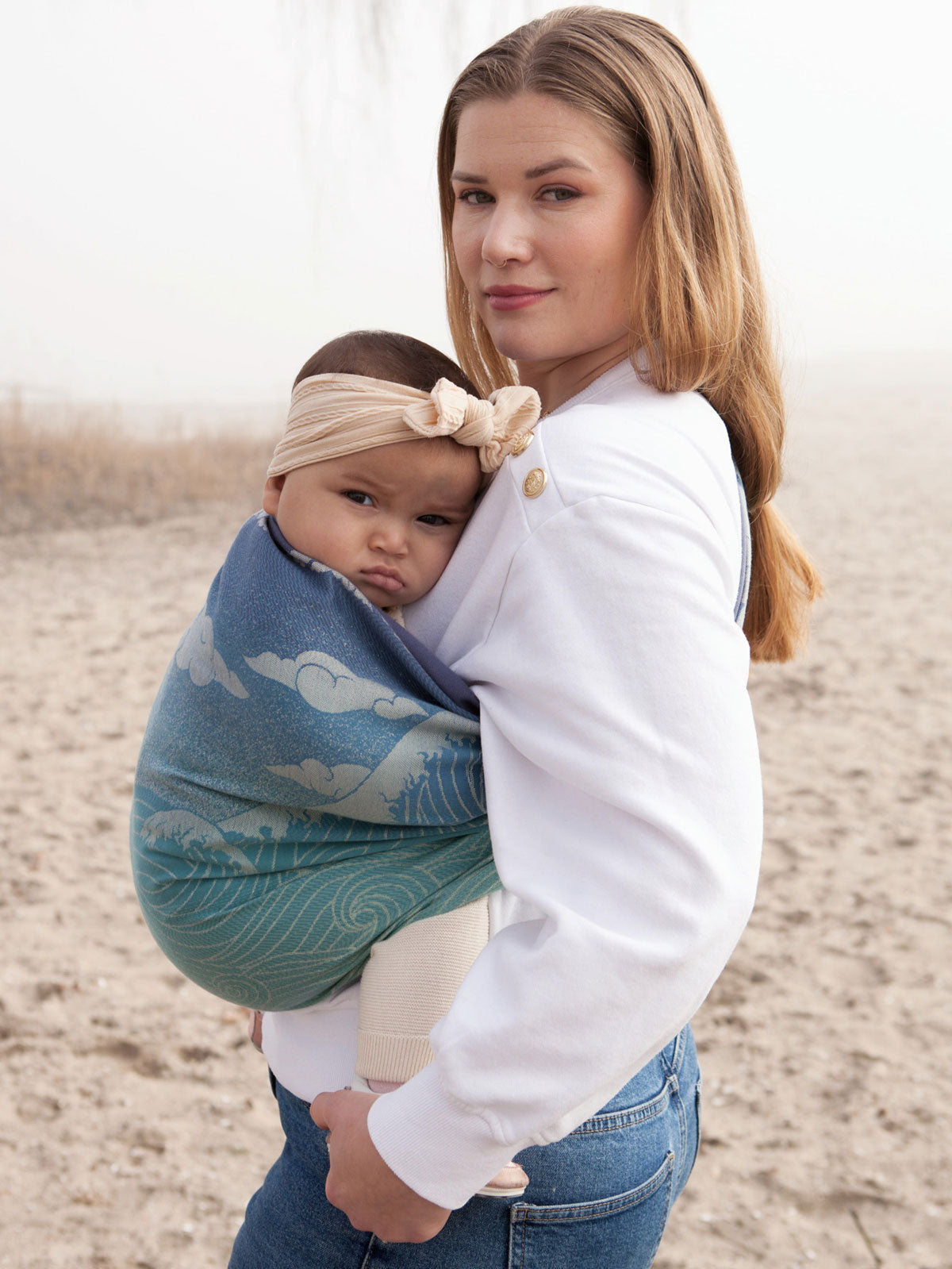
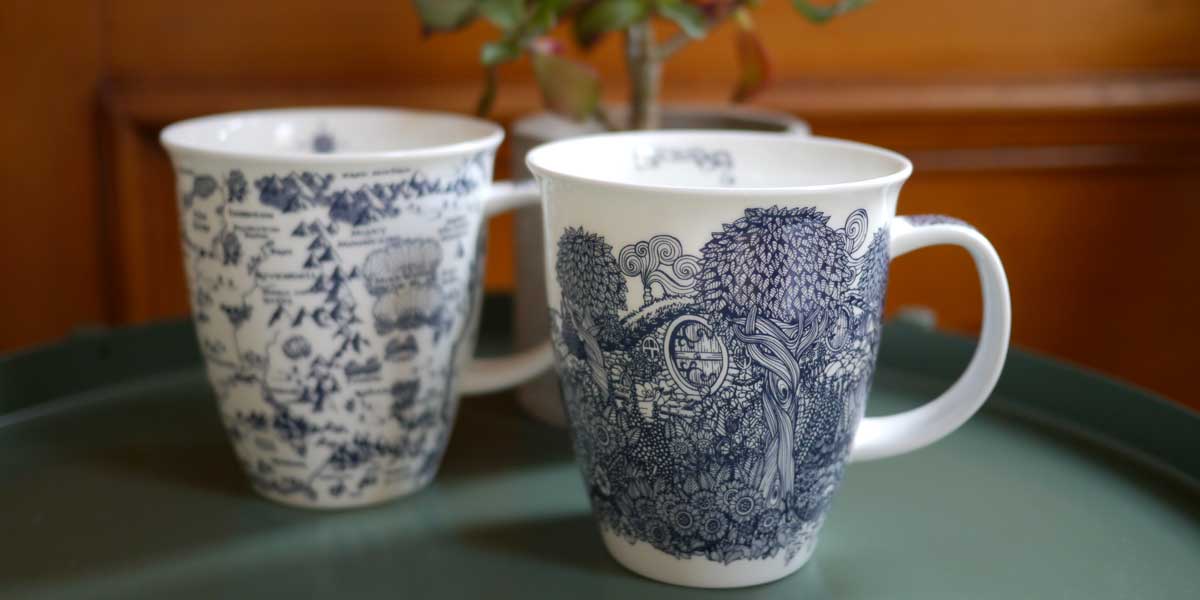
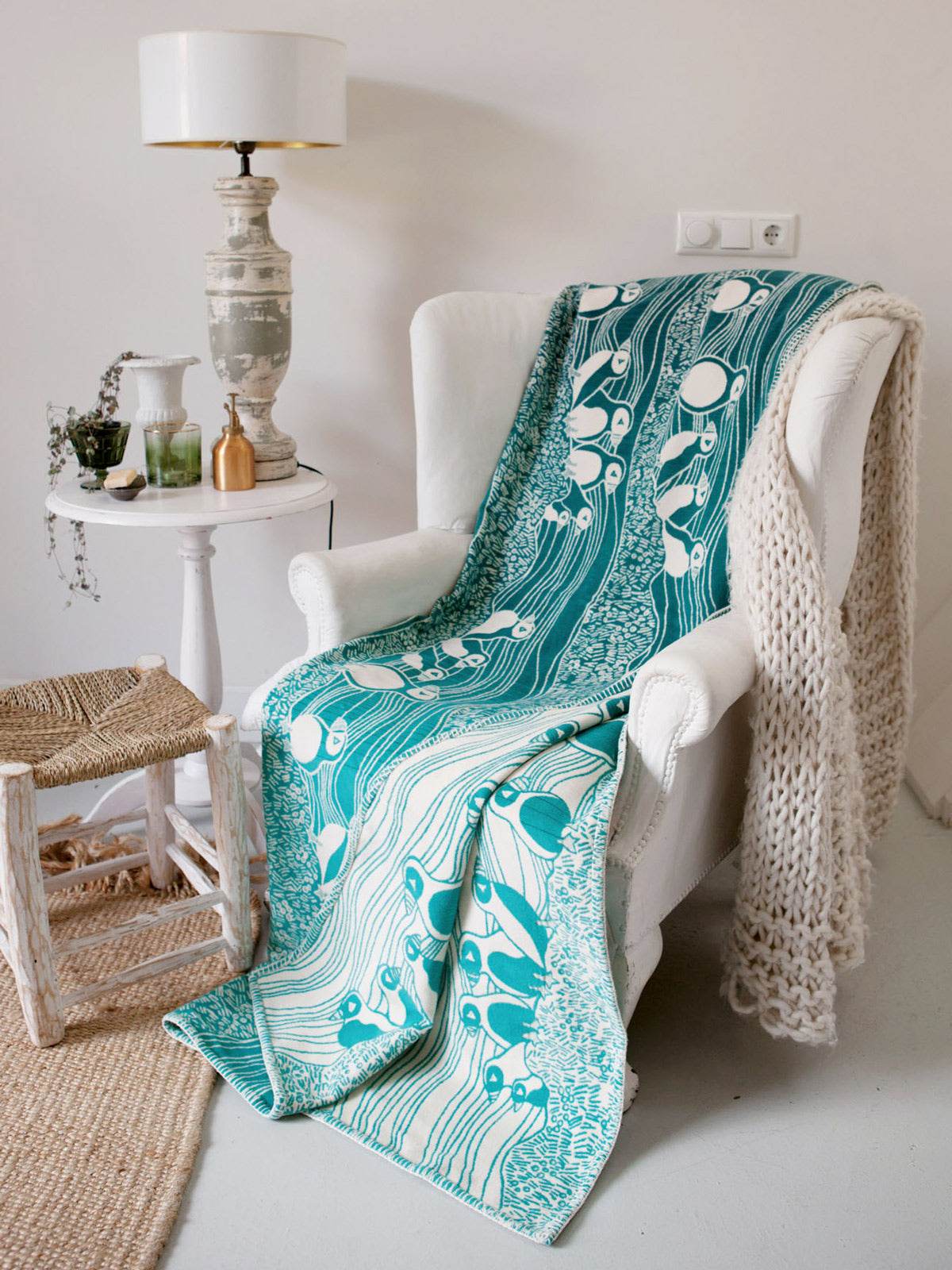
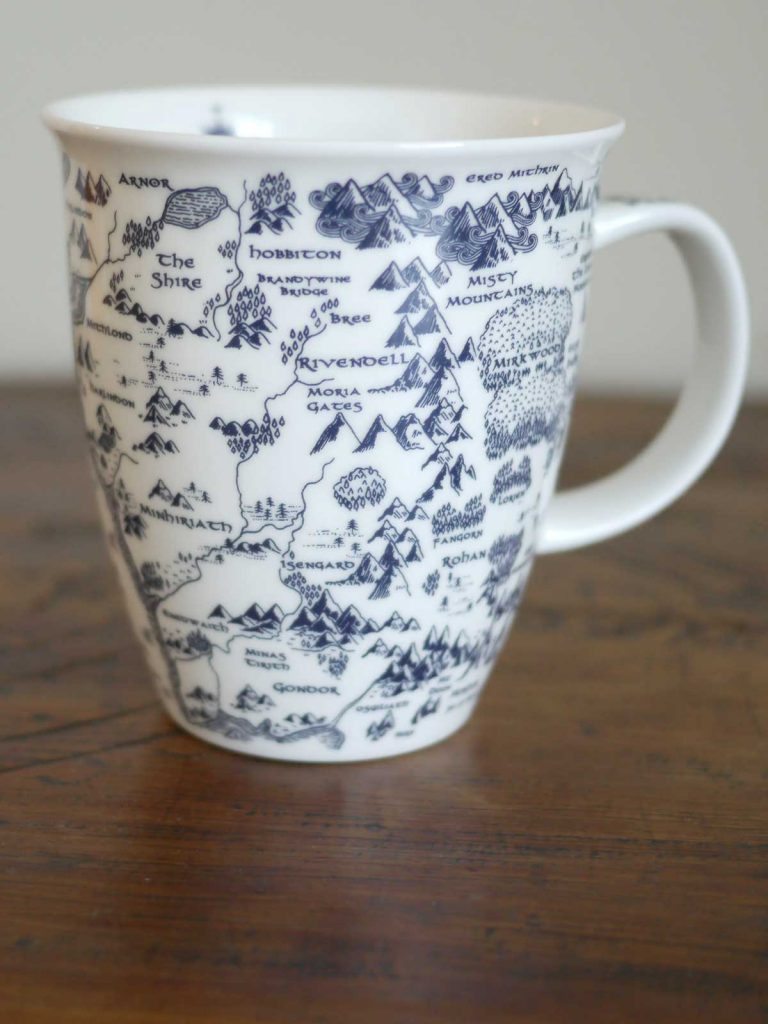
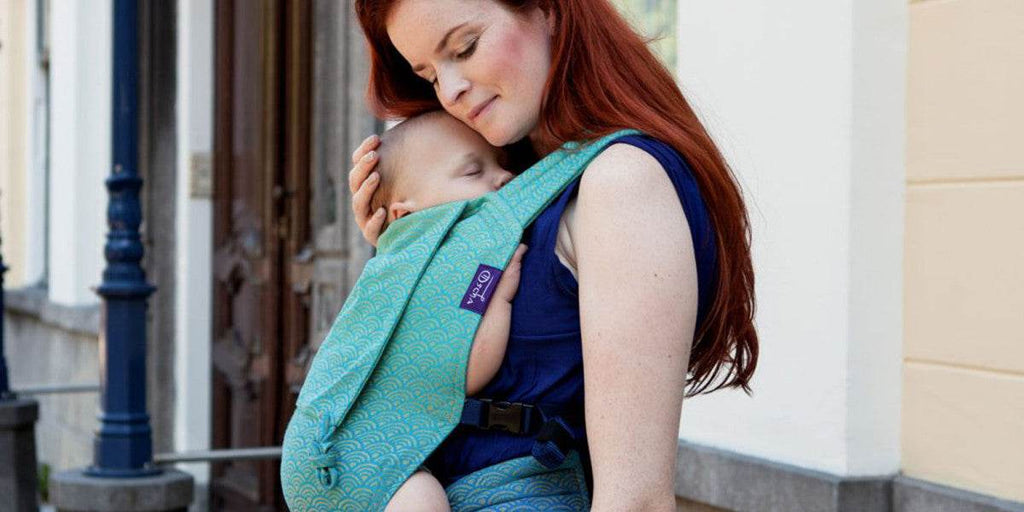

 https://oschaslings.com
https://oschaslings.com